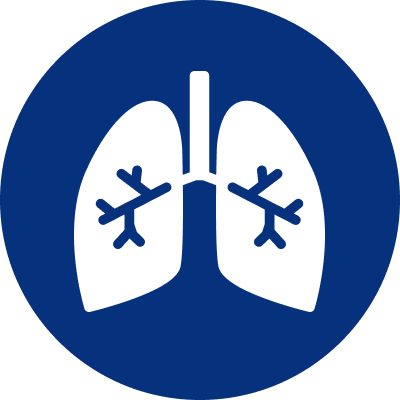The science behind the breath, particularly focusing on diaphragmatic breathing, reveals a fascinating intersection between our physiological processes and mental states. Diaphragmatic breathing, often referred to as “deep breathing,” involves fully engaging the diaphragm during inhalation, allowing the lungs to expand more fully and increasing the volume of air intake. This method of breathing has profound effects on the body and mind, influencing the nervous system, reducing cortisol levels, and enhancing oxygen exchange. Let’s delve into each of these aspects to understand how diaphragmatic breathing contributes to a calmer mind and a healthier body.
Influence on the Nervous System
The nervous system is divided into two main parts: the sympathetic nervous system (SNS), which governs the body’s ‘fight or flight’ responses, and the parasympathetic nervous system (PNS), which controls the ‘rest and digest’ functions. Diaphragmatic breathing activates the PNS, which helps to counteract the stress-induced activities of the SNS. When the PNS is activated, it signals the body to relax, lowering heart rate, reducing blood pressure, and promoting a state of calmness. This shift is primarily facilitated through the stimulation of the vagus nerve, a key component of the PNS, which is activated during deep, slow breathing. The vagus nerve then sends signals to the brain to decrease stress and anxiety levels, promoting a sense of tranquility.
Reduction of Cortisol Levels
Cortisol, often referred to as the “stress hormone,” is produced by the adrenal glands in response to stress and low blood-glucose concentration. While cortisol is vital for energy regulation and the stress response, chronic elevated levels can lead to various health issues, including anxiety, depression, heart disease, and weight gain. Diaphragmatic breathing has been shown to reduce cortisol levels, mitigating the negative effects of stress on the body. By activating the PNS and reducing the activity of the SNS, deep breathing exercises can decrease the production of cortisol, helping to alleviate stress and its associated health risks.
Enhancement of Oxygen Exchange
Diaphragmatic breathing enhances oxygen exchange, the process by which oxygen is taken into the body and carbon dioxide is expelled. By breathing deeply, the lungs are fully expanded, and more air reaches the alveoli, tiny sacs within the lungs where oxygen and carbon dioxide are exchanged with the blood. This increased lung efficiency leads to higher oxygen levels in the blood, improving energy levels and overall bodily function. Moreover, better oxygen exchange also aids in removing toxins from the body and promotes the efficient functioning of organs and tissues, contributing to overall health and well-being.
Conclusion
The science behind diaphragmatic breathing underscores its potential as a powerful tool for enhancing physical and mental health. By influencing the nervous system, reducing cortisol levels, and enhancing oxygen exchange, deep breathing practices can lead to a calmer mind and a healthier body. Given these benefits, incorporating diaphragmatic breathing into daily routines can be a simple yet effective way to improve well-being and reduce the impact of stress on the body.











